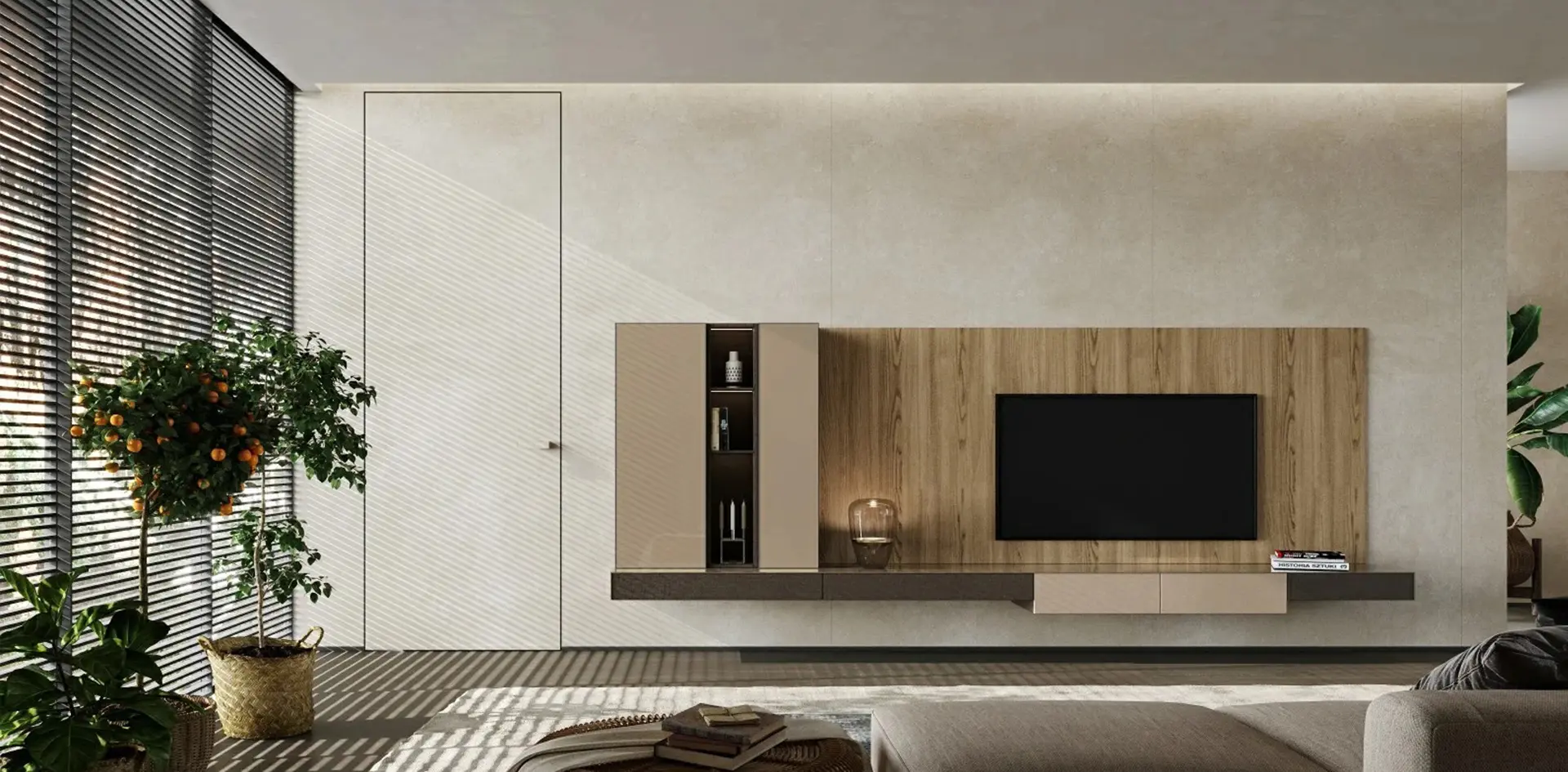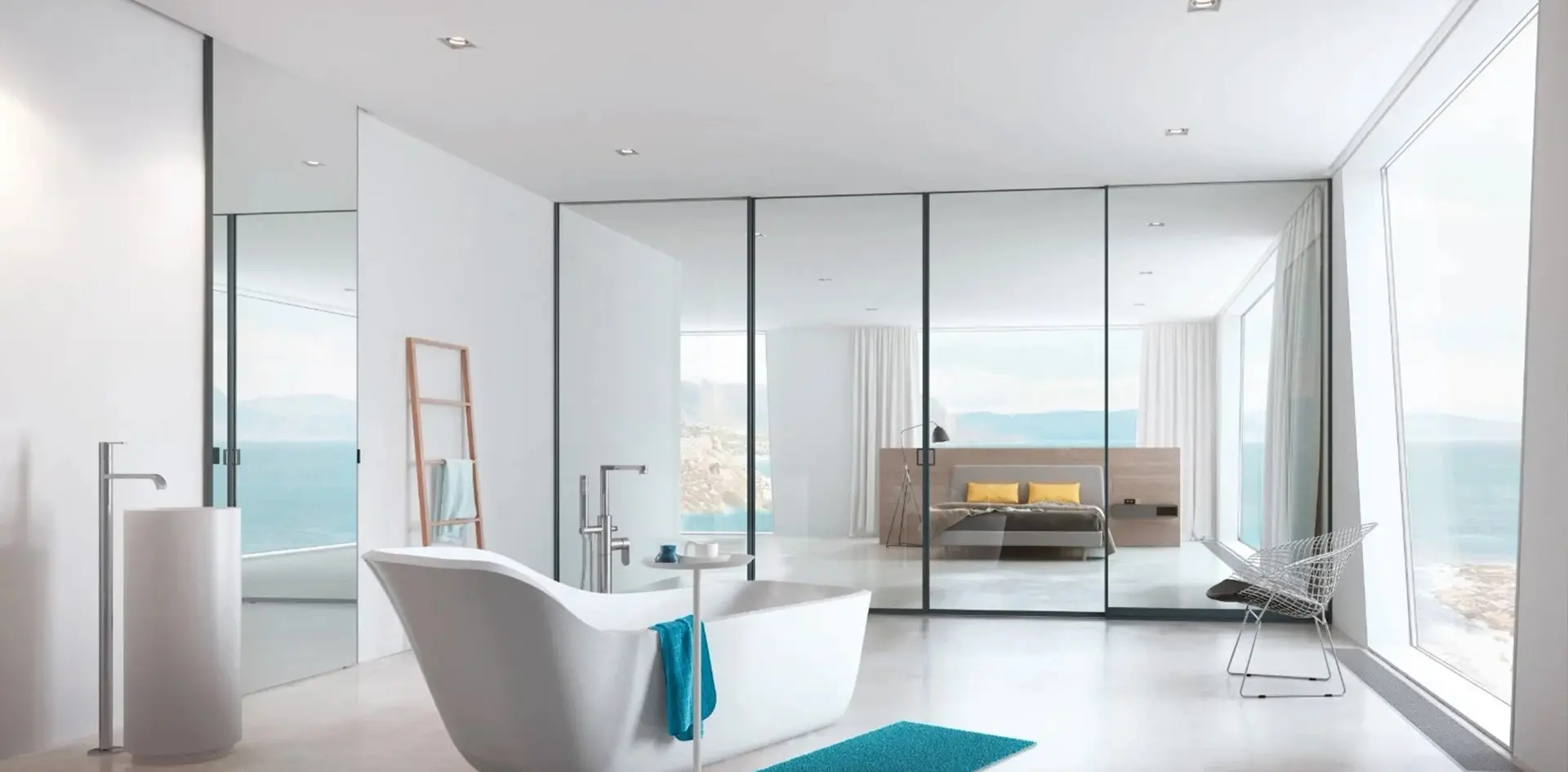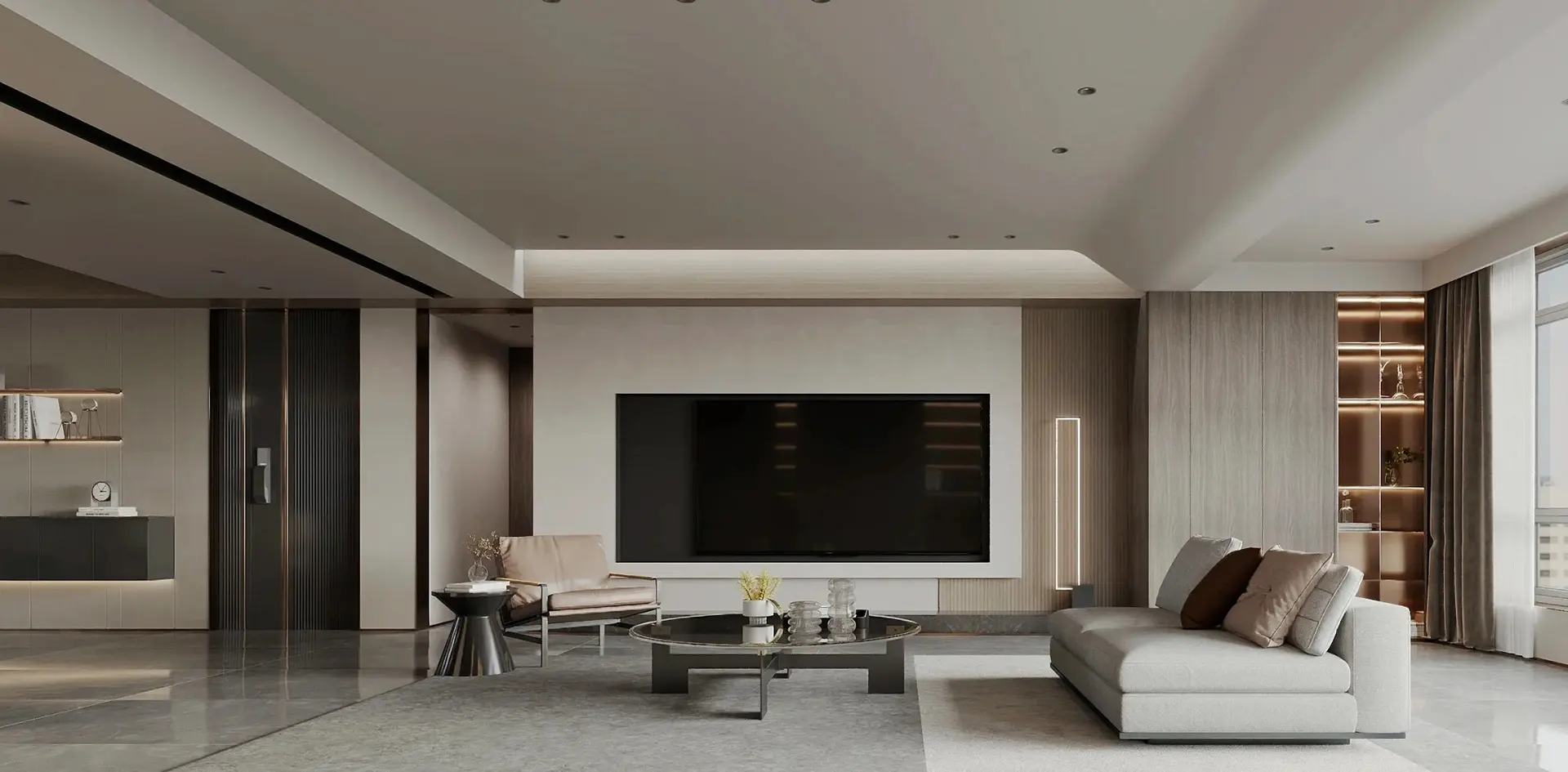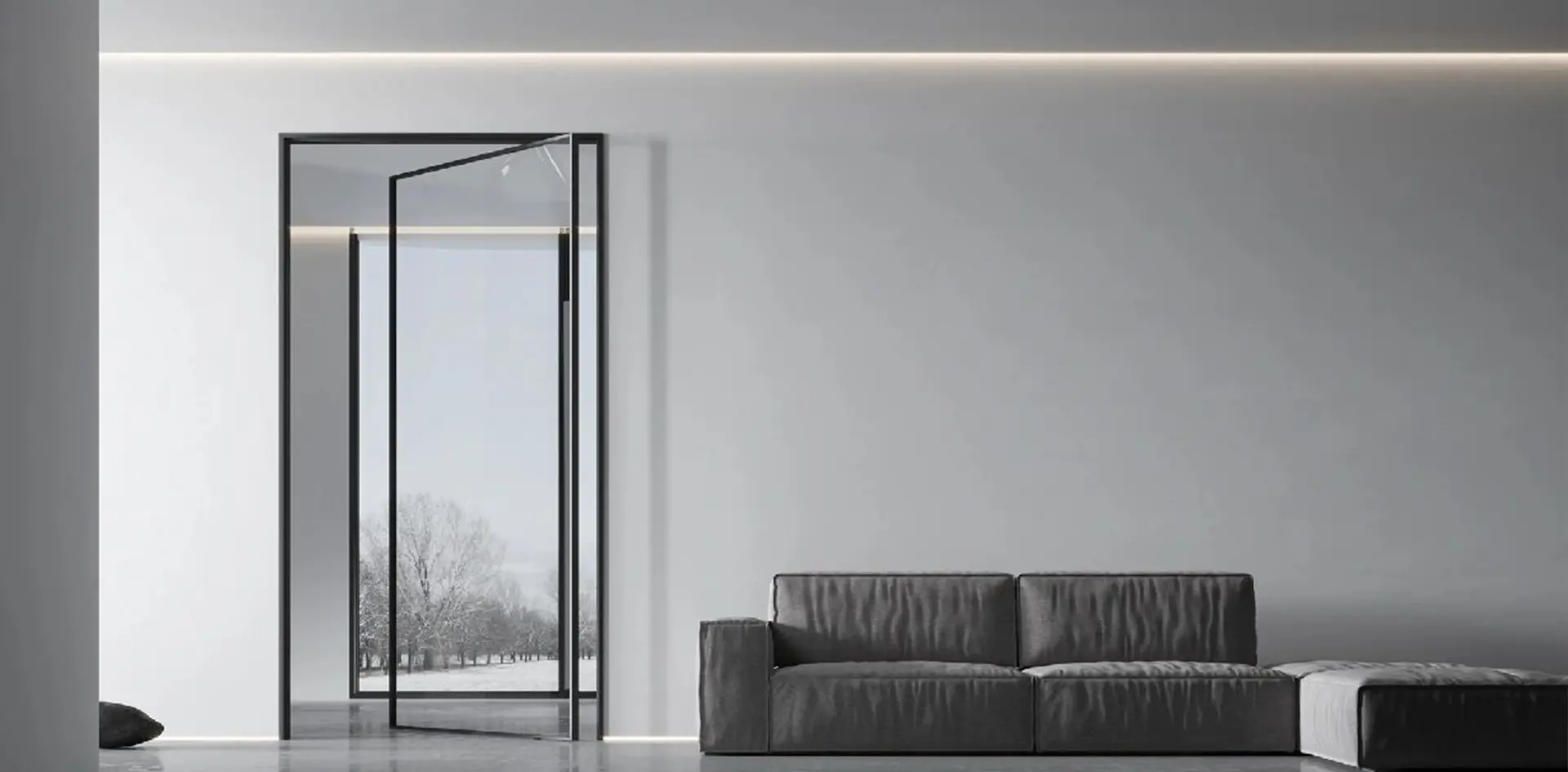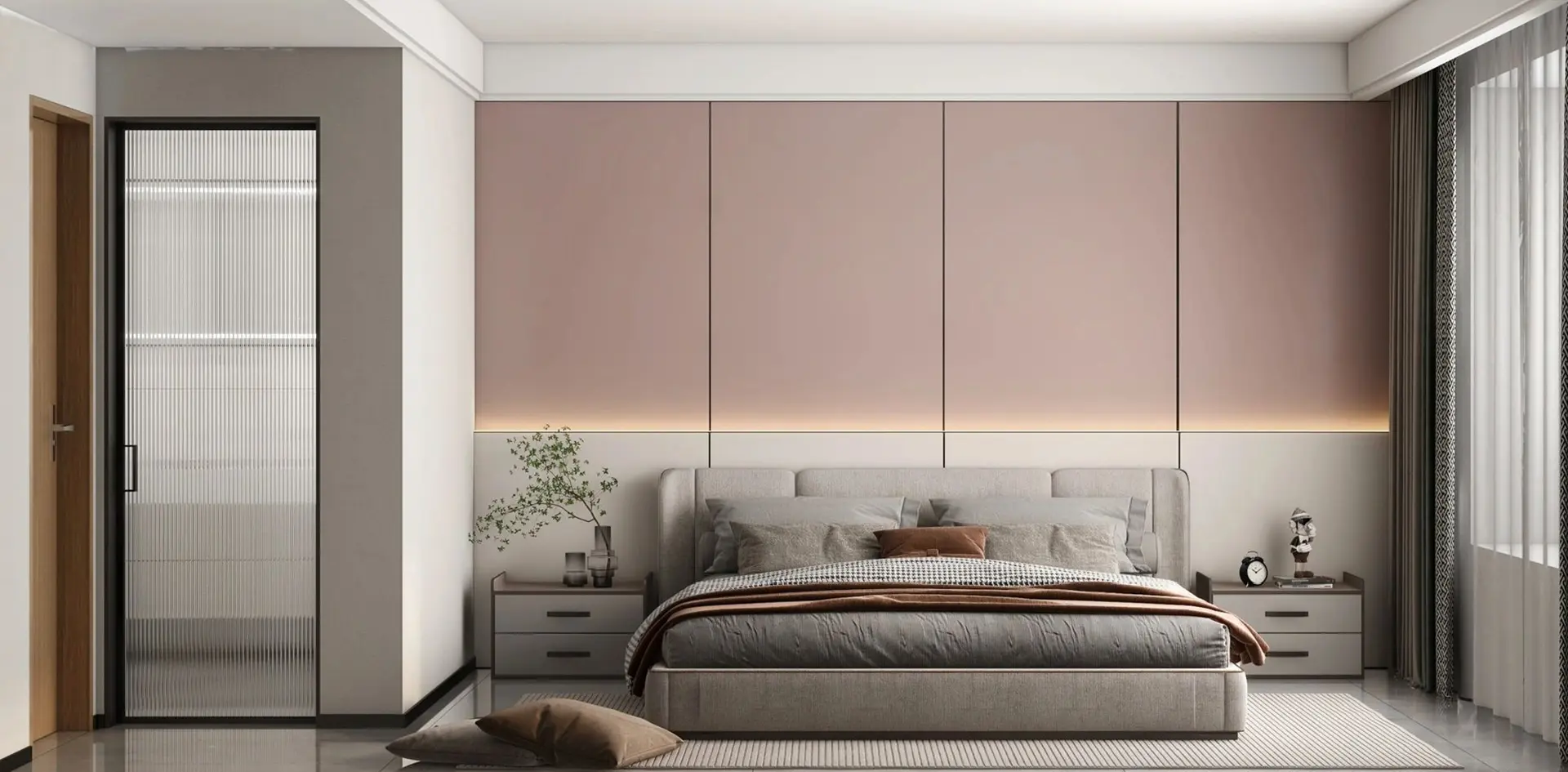
5 Clever Tips to Choose the Best Access Panels for Your Needs
When it comes to construction and maintenance projects, choosing the right Access Panels can significantly enhance both functionality and aesthetics. Access Panels serve as gateways to essential areas within a building, providing convenient access for repairs, inspections, and routine maintenance. Understanding the different types of Access Panels available on the market is crucial to making an informed decision tailored to your specific needs. From fire-rated options designed for safety to soundproof panels that enhance acoustics, each type offers unique benefits and applications. In this blog, we will explore five clever tips to help you navigate the selection process, ensuring you choose Access Panels that not only meet regulatory standards but also match your project's demands. With the right knowledge, you can optimize your approach to access solutions, ultimately contributing to the efficiency and longevity of your construction efforts.
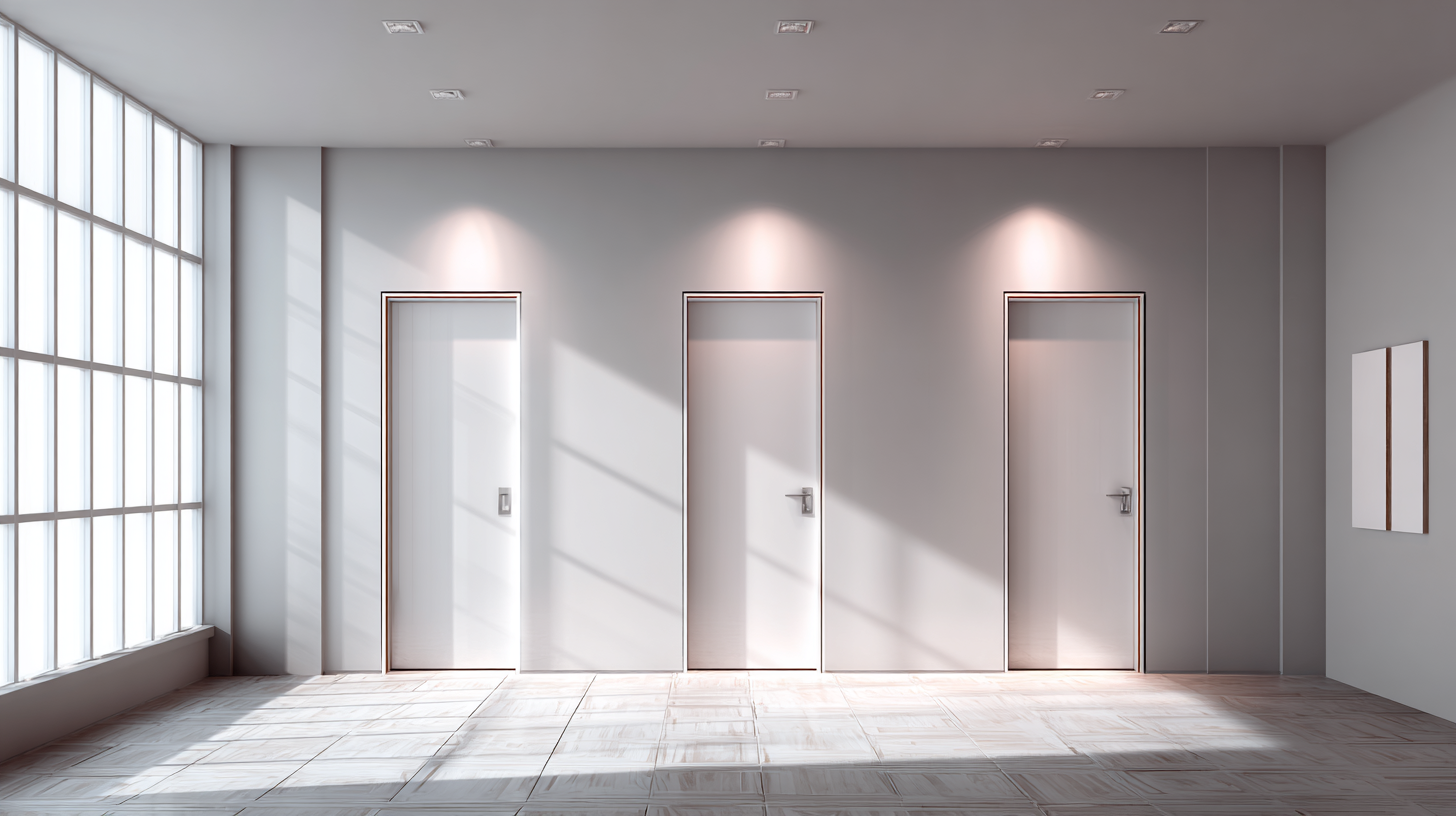
Understanding Different Types of Access Panels Available in the Market
When selecting the best access panels for your specific needs, it's essential to understand the different types available on the market. The North American access doors and panels market is anticipated to reach a substantial value of USD 2,041 million in 2024, reflecting a steady growth rate with a CAGR of 3.2%. This growth indicates a rising demand for efficient access solutions across various sectors, including construction, manufacturing, and telecommunications.
Tip 1: Identify the type of accessibility required. Access panels come in various styles, such as removable or hinged panels, each suited for different applications. Consider the frequency of access and the surrounding environment, as this will inform your choice.
Tip 2: Pay attention to the material. Panels can be made from materials like metal, plastic, or drywall, which significantly impact durability and suitability for specific environments. For instance, waterproof panels are ideal for areas exposed to moisture.
Understanding these types and selecting the right features can help you make an informed decision that meets both functionality and safety standards in a growing market landscape.
Access Panel Types and Their Popularity
Factors to Consider When Selecting Access Panels for Specific Applications
When selecting access panels for specific applications, several critical factors come into play. One of the most significant considerations is the material of the access panel. For instance, according to a report by Market Research Future, the demand for aluminum access panels is expected to grow by 6.2% annually due to their lightweight, corrosion-resistant properties, making them ideal for environments exposed to moisture, such as bathrooms and kitchens. On the other hand, steel panels are favored in industrial settings for their durability, capable of withstanding heavy loads and impacts.
Another key factor is the panel's size and accessibility. The National Institute of Building Sciences highlights that ensuring proper dimensions for the intended opening can greatly improve accessibility for maintenance purposes. For example, larger panels may be necessary in commercial settings where HVAC systems require routine checks, while smaller panels are sufficient for residential applications. Additionally, the installation location should be considered, as fire-rated panels are essential in areas requiring compliance with safety regulations, ensuring effective access without compromising fire resistance. By thoroughly evaluating these factors, one can select the most suitable access panels tailored to specific needs and applications.

How Material Choices Impact the Performance of Access Panels
When selecting access panels, the choice of material plays a significant role in their overall performance and durability. Common materials such as steel, aluminum, and plastic each offer distinct advantages depending on the intended use. For example, steel panels, known for their strength and rigidity, are ideal for high-traffic areas or applications where durability is critical. Conversely, aluminum provides a lightweight alternative that is resistant to corrosion, making it suitable for environments with high humidity or exposure to chemicals.
Additionally, the insulation properties of access panels can significantly affect energy efficiency and noise reduction. Panels made from insulated materials help maintain temperature control in HVAC systems, reducing energy costs over time. When selecting access panels, it’s essential to consider not only the material’s strength but also its thermal and acoustic properties. By making informed choices about materials, you can ensure that the access panels will meet your specific needs while enhancing the performance of the overall structure.
Top Design Features That Enhance Functionality and Aesthetics of Access Panels
When selecting access panels, it’s essential to consider design features that not only enhance functionality but also contribute to the overall aesthetics of your space. One key feature to look for is a flush-mounted design that blends seamlessly with surrounding surfaces. This type of installation minimizes visual disruption, creating a clean and streamlined appearance while maintaining easy access for maintenance and inspections.
Another important aspect to consider is the material used in the access panel. Opting for materials like stainless steel or high-quality plastic can significantly boost durability and resistance to wear and tear. These materials can also come in various finishes and colors, allowing you to select options that complement your existing decor. Additionally, including features such as soundproofing or thermal insulation can enhance the panel's functionality, making it a multi-purpose element in your design. By focusing on these design features, you can ensure that your access panels are both practical and visually appealing, enhancing the overall integrity of your interiors.
5 Clever Tips to Choose the Best Access Panels for Your Needs - Top Design Features That Enhance Functionality and Aesthetics of Access Panels
| Feature | Description | Benefits | Ideal Use Cases |
|---|---|---|---|
| Material | High-quality materials such as steel or aluminum for durability | Enhanced longevity and resistance to wear | Commercial buildings and high-traffic areas |
| Size and Dimensions | Variety of sizes available for different openings | Custom fit increases installation efficiency | Maintenance access in wall cavities or ceilings |
| Aesthetic Design | Flush mount designs to integrate seamlessly with surfaces | Improved visual appeal and minimal disruption | Residential settings and high-end commercial spaces |
| Fire Ratings | Fire-rated options to enhance safety measures | Compliance with safety regulations in commercial buildings | Hospitals, schools, and public buildings |
| Ease of Access | Designs that allow for simple opening mechanisms | Facilitates quick access for maintenance | Utilities and service areas |
Tips for Installation and Maintenance to Maximize the Lifespan of Access Panels
 When it comes to choosing access panels, installation and maintenance play crucial roles in maximizing their lifespan. One of the first tips is to ensure proper alignment during installation. Misalignment can lead to stress on the panel hinges and frame, causing premature wear and tear. Take the time to measure and mark the area clearly before cutting, ensuring a snug fit that will hold up against regular use.
When it comes to choosing access panels, installation and maintenance play crucial roles in maximizing their lifespan. One of the first tips is to ensure proper alignment during installation. Misalignment can lead to stress on the panel hinges and frame, causing premature wear and tear. Take the time to measure and mark the area clearly before cutting, ensuring a snug fit that will hold up against regular use.
Another important aspect of maintenance is regular cleaning. Dust and debris can accumulate around the access panel, hindering its functionality and aesthetics. A simple routine of wiping the surface with a damp cloth and checking the hinges for any signs of rust or corrosion can significantly prolong the life of the panel. Additionally, lubricating the hinges with a silicone-based spray helps maintain smooth operation.
Finally, consider the environment where the access panel is installed. In humid areas, opting for panels made from corrosion-resistant materials can greatly influence their longevity. Always choose the right type of panel suitable for your specific needs to avoid unnecessary replacements. By following these tips, you’ll ensure that your access panels remain functional and aesthetically pleasing for years to come.
